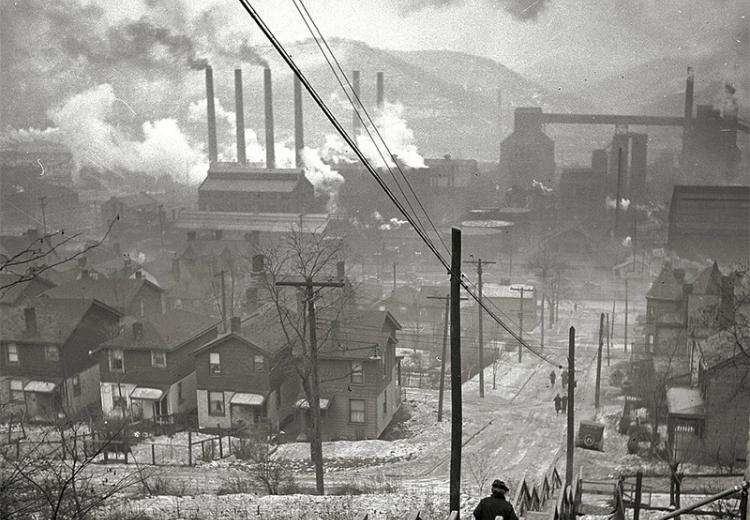The Industrial Age in America: Sweatshops, Steel Mills, and Factories

About a century has passed since the events at the center of this lesson—the Haymarket Affair, the Homestead Strike, and the Triangle Shirtwaist Factory Fire. For some people in our nation, these incidents illustrated the unfair conditions faced by workers as the United States assumed its position as the most highly industrialized nation in the world. For others, they demonstrated the difficulty of managing industries. Such disagreements continue to this day. Where do we draw the line between acceptable business practices and unacceptable working conditions? Can an industrial—and indeed a post-industrial—economy succeed without taking advantage of those who do the work?
Note: This lesson may be taught either as a stand-alone lesson or as a complement to another EDSITEment lesson The Industrial Age in America: Robber Barons and Captains of Industry.
Guiding Questions
What were working conditions like during the Age of Industrialization?
How did workers respond to these conditions?
Where do we draw the line between acceptable business practices and unacceptable working conditions?
To what extent do issues and arguments regarding early industrialization remain relevant today?
Learning Objectives
Evaluate the actions taken by the managers and workers involved in the incidents studied.
Analyze the working conditions that led to the Haymarket Affair, the Homestead Strike, and the Triangle Shirtwaist Factory Fire.
Evaluate the significance of the featured events to the labor movement, the industrialists involved, and the attitude of the American people toward working conditions in the United States.
Construct an argument regarding working conditions today using evidence drawn from primary and secondary source materials.
